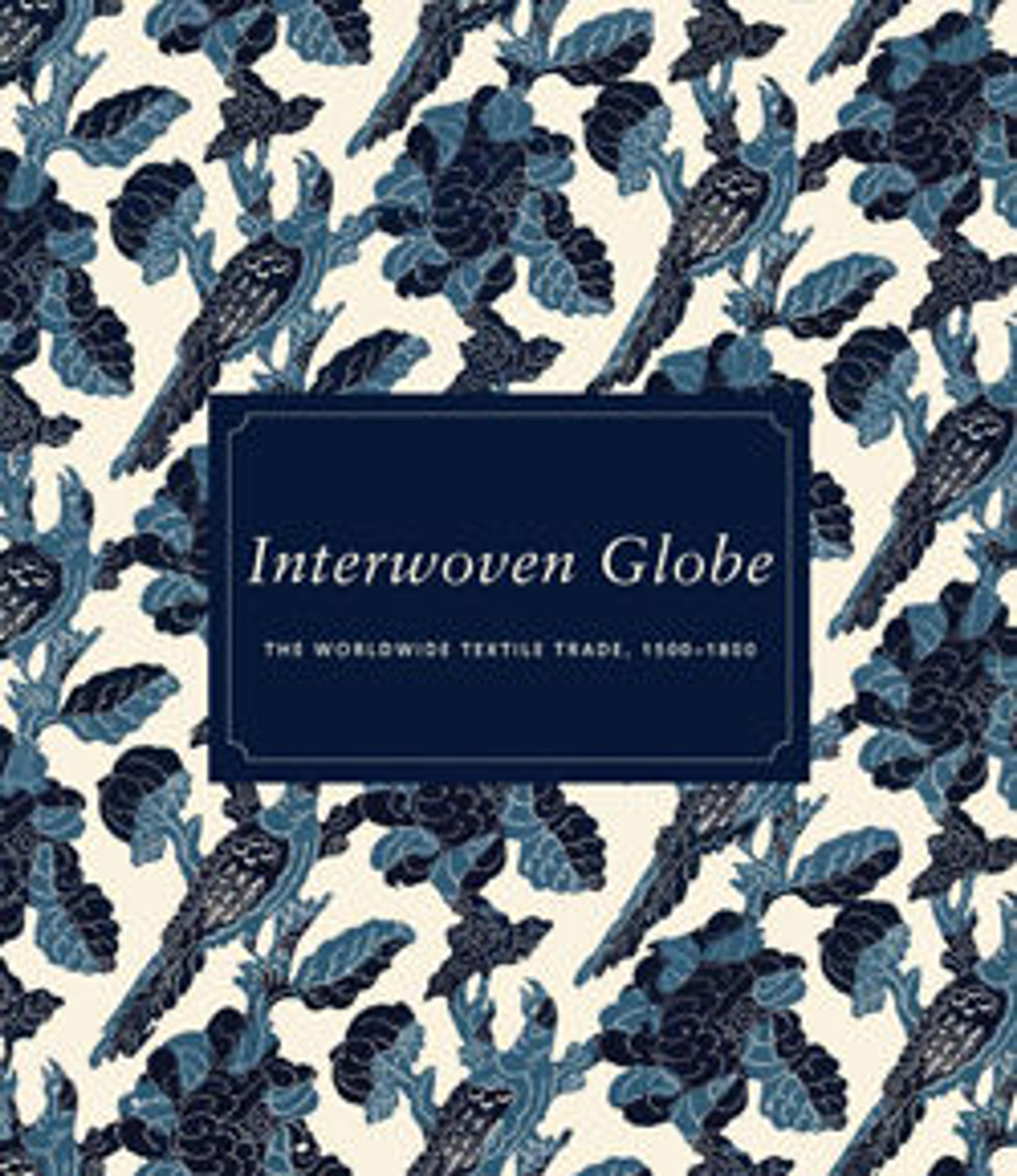Panel with Rosebush, Birds, and Deer Pattern
Iranian silk production expanded markedly in the early seventeenth century, thanks to the patronage of Shah 'Abbas I. Silk was most intensively farmed in the Caspian Sea provinces of Gilan and Mazandaran and was woven all over Iran. Raw silk was also exported to Turkey, Russia, Central Asia, India, and Europe. The motifs of a rosebush, birds, and deer on this piece relate it to the popular group of bird and flower textiles in the seventeenth century, anticipating the fashion for bird and flower decoration in the eighteenth and nineteenth centuries. The unnatural relationship of scale among the birds, deer, and flowers is most likely the artist’s interpretation.
Artwork Details
- Title:Panel with Rosebush, Birds, and Deer Pattern
- Date:late 17th–early 18th century
- Geography:Attributed to Iran
- Medium:Silk, silver and gilded metal wrapped thread; compound twill weave, brocaded
- Dimensions:Textile: H. 44 5/8 in. (113.3 cm)
W. 27 3/4 in. (70.5 cm)
Mount: H. 50 1/4 in. (127.6 cm)
W. 32 3/4 in. (83.2 cm)
D. 1 1/2 in. (3.8 cm)
Wt. 34 lbs. (15.4 kg) - Classification:Textiles-Woven
- Credit Line:Anonymous Gift, 1949
- Object Number:49.32.99
- Curatorial Department: Islamic Art
More Artwork
Research Resources
The Met provides unparalleled resources for research and welcomes an international community of students and scholars. The Met's Open Access API is where creators and researchers can connect to the The Met collection. Open Access data and public domain images are available for unrestricted commercial and noncommercial use without permission or fee.
To request images under copyright and other restrictions, please use this Image Request form.
Feedback
We continue to research and examine historical and cultural context for objects in The Met collection. If you have comments or questions about this object record, please contact us using the form below. The Museum looks forward to receiving your comments.
